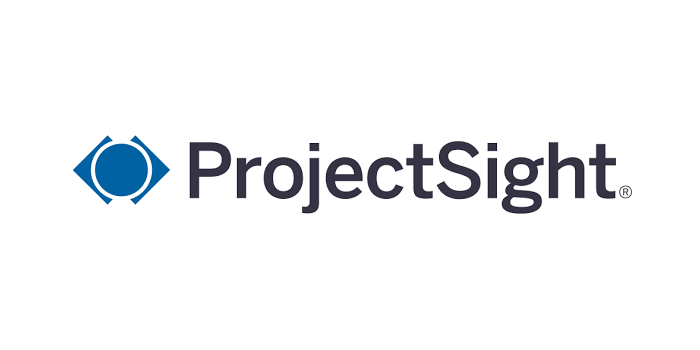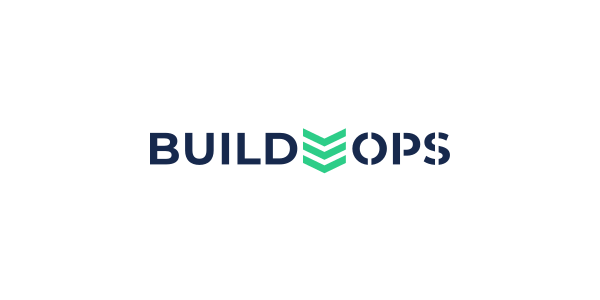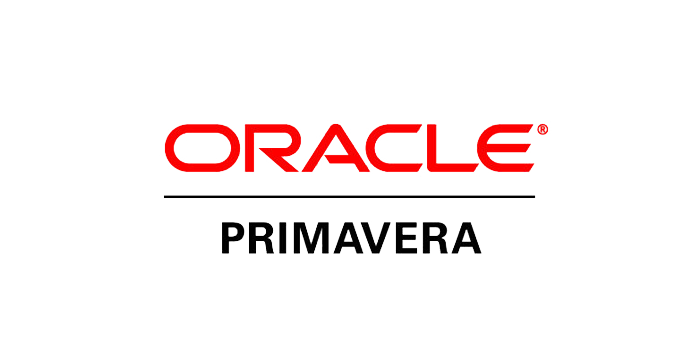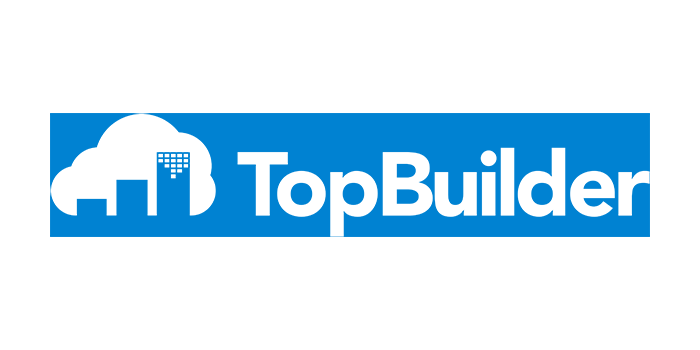
Original article posted on the Ineight blog
Construction projects are intricate, with a lot of moving parts. Funds are needed to secure materials, design blueprints, rent equipment, obtain permits, pay the workers, and much more. All those things require an immense amount of time, effort, and money. That’s why construction estimating is an essential part of any construction project.
The estimation process allows you to accurately track how much funds are needed and where the costs are going. So, how can you ensure that the money you’re seeking at the start of the project is enough to make it to the end? Proper project estimating helps you create a detailed outline of those funds.
Keep reading as we explore everything regarding construction estimating. We’ll clearly define what it means to estimate a project, why it’s essential, the key components involved, construction estimate software, and much more.
What Is Construction Estimating and Why Is It Important?
Construction estimating is the process of evaluating all costs associated with a specific construction project. The costs generally include direct and indirect expenses, overhead, and a general contractor markup. Construction estimating is designed to generate a construction estimate, which is a document that general contractors use when bidding for construction projects.
A construction estimate is typically one of the first and most important steps taken during the infancy phase of any construction project management process. That’s because the estimate is used to anticipate all costs to build the structure in the project plan.
Once the estimation process is completed, the bid estimation phase is generally initiated. At that point, any construction-related documents, historical data and other noted costs are used to establish a precise forecast.
Determining an accurate estimate is important because it will affect the bottom line for the leading contractor. Also, contractors are more aggressive when attempting to secure new business for their company.
Cost Estimating Key Components
Construction estimates are generally the responsibility of the project estimator but depending on the size of the project and organization, a project manager or someone else may be tasked with estimating.
The person in charge of the estimate will analyze the construction plan and various other documents to assess an accurate cost of the build. While every project estimator may have different processes when arriving at the final number, the following key components should be included:
- Direct costs: Funds allocated toward construction duties such as materials, labor, and equipment.
- Indirect costs: Any costs that are not directly associated with construction activities. That may include things such as utilities, quality control, administration, permits, security, legal fees, etc.
- Labor hours: All costs associated with the actual construction of the project. The wages or rate paid to the team estimated cost for each task and potential overtime.
- Subcontractor expenses: Estimated expenses for duties that go out to subcontractors. That includes labor, materials, and equipment.
The Levels of Accuracy in Construction Estimating
The American Society of Professional Estimators created a five-tier system for identifying construction estimates. Each level becomes more intricate as you move through them, which makes the estimation process more accurate.
Here are the five levels of accuracy and what each one means:
- Level one – Order of magnitude: The general estimate that is formed at the start of the project. Here, you’ll decide if the overall project is feasible and if it’s worth moving forward.
- Level two – Schematic design estimate: As the name of the level suggests, the schematic design aids the cost estimate. As a result, you can obtain a more accurate estimate than an order-of-magnitude estimate.
- Level three – Design development estimate: The cost estimate is based on the intermediate design, but not with the set of construction documents.
- Level four – Construction document estimate: The actual estimate starts to become clearer because it’s based on the complete design with comprehensive drawings and specifications.
- Level five – Bid estimate: With the previous four steps completed, the bid estimate provides the most accurate and reliable figures to be used to create bids.
How to Improve Your Construction Estimating Process
Obtaining an accurate estimate is the foundation of a successful project. While it’s almost impossible to get the estimate 100% accurate down to the penny, there are things you can do to improve your process to ensure financial estimates are as accurate as possible.
Ensure the Customer Has Realistic Expectations
Before the project estimator delves into the numbers, it’s important to ensure that the customer has realistic expectations and that both parties are aligned on those expectations. You’ll want to ensure that they approve the construction plan and understand how the construction phase will be when completed. Not being aligned or having unrealistic expectations can add unnecessary expenses toward the end of the project.
Take Advantage of the Unit Cost Approach
There are various methods when conducting a construction estimate. One of the common approaches is the stick estimate. That method lists out every job, including permits, labor, and materials. However, that approach is time-consuming and may not be as accurate as the unit cost method. The unit cost method lists all items associated with the project based on unit price. Those figures are added at a faster rate and provide a clearer picture of the project’s expenses.
Do Not Underestimate Labor Costs
Labor costs are usually one of the more challenging expenses to accurately account for. There’s more associated with labor costs than the standard hourly rates. The cost per hour may be easy to predict, but it’s also important to factor in how much work an experienced crew member can do over a novice team member. Prior to crunching the numbers for labor expenses, you should identify all activities that are associated with the project to ensure the most accurate numbers possible.
Construction Estimating Software Can Help Make the Process Easier
As the industry continues its evolution to digitalized processes, estimating has also been evolving. Construction companies wanting to bypass the past challenges associated with traditional manual estimating methods are instead adopting construction estimating software.
Many of the significant pain points experienced by estimators, including inaccuracies, frustrations, uncertainties, and a lack of profitability, have been greatly reduced by digitization. Instead, they are finding benefit-rich functionalities to help your business better manage all the details and costs associated with the estimating process.
So, what can you do with construction estimating software? Let’s delve into some of the benefits to help make your estimation process go smoother.
Improve Efficiency
The efficiency of cost, time, and effort is a goal of any construction project. This is also true for the estimating process itself as a virtual “constructing” of the project before the physical work begins. And yet it has always been a time-consuming, difficult process. This becomes magnified within large, complex builds where risks are high, budgets are firm, and costs and progress are under heavy scrutiny to ensure nothing puts the project at risk of going behind schedule or over budget.
Estimating software optimizes the whole process right from the beginning—performing time-saving takeoff calculations, and drawing from your own or industry databases. This data includes real-world job costing, plus tracking past and current project data such as materials, labor costs, resource allocation, and more. Some solutions also allow you to integrate other software to further expand your project efficiencies.
Standardize Your Estimating Process
Recreating all the documentation required by each bid can eat up time, which can be devoted elsewhere. This is where templates found in construction estimating software — for common documents such as bid packages, estimate reports and cover letters—can save you precious time while ensuring you don’t overlook anything. It can even store details and files from your past projects you can pull from, so you don’t have to waste time replicating the same materials repeatedly with each estimate.
Bringing uniformity to the process goes beyond forms and templates, though. It also applies to the data that informs your bids. Do you have benchmarks from past projects? Make them work for you on future bids by leveraging those real-life numbers from recent builds with similar details. You can incorporate rate libraries if you don’t have a solid historical database. Estimating software will allow you to modify the numbers to localize wage rates, materials costs, and taxes.
Templates and databases enhance consistency in format and information to make your process more predictive and streamlined.
Gain Cost Certainty
Proliferating data, evolving details, and constant changes are all part of the hectic estimating phase. It can make pinning down cost certainty for a project that hasn’t started yet sound rather a pie in the sky. Where cost uncertainty has often resulted from the traditional paper-based and computer spreadsheet estimating methods, construction bidding software adds a level of precision and control.
How? With its ability to do real-time calculations, there’s no longer any risk of broken equations in computer spreadsheets or human math errors. When data is modified in one place, it’s immediately reflected where necessary throughout the estimate, so you can breathe a sigh of relief knowing you don’t have to repeatedly re-enter that same data. Plus, when integrated with the details from your takeoff, your estimates can be automatically figured out, so there’s less chance of early mistakes snowballing into bigger ones that could jeopardize securing project funding.
Estimating software to manage the tiniest of details gives project managers, contractors, and owners alike a more realistic picture of what it will truly cost to complete a project and provides a level of transparency that fosters confidence in those numbers.
Adjust Variables in Real Time
We all know data, conditions, and even scope can change throughout the estimating process, let alone during construction. For example, weather, market conditions, and supply chain issues can affect materials pricing. The going wage rate in your area may have changed since your last project or may be different from what’s listed in the rate library you’re using. And what was once a project idea is now taking shape so that the top-down estimate you created is migrating to a bottom-up estimate as details become known. Construction estimating software allows you to adjust variables anytime, which are automatically updated elsewhere in your estimate. And even as you revise details in your forecasts, the software will immediately recalculate the impact of what-if scenarios, including scope changes on overall costs, before they become part of the final estimate.
Make Data-Driven Decisions
While this is important for any size build, it becomes even more critical when your projects involve millions of dollars, hundreds of craftspeople, thousands of pieces of equipment, and countless materials. When you remove the guesswork from the estimates and replace it with accurate data, decisions about hiring, scheduling, changes, and risks become more proactive and purposeful. Plus, dashboard and reporting capabilities enable data to be interpreted and considered in a more timely and informed way and have the added benefit of strengthening the decision-making collaboration between contractors and owners.
Frequently Asked Questions
Here are the answers to some frequently asked questions regarding construction estimating.
How do you estimate construction?
Every project estimator may have a different process for estimating a construction project. However, the general process should include the following steps:
- Analysis of the scope of the project
- Create a rough timeline for each process
- Decide what duties will need to be performed by subcontractors
- Estimate the cost of materials
- Outline terms and conditions
- Review the estimate
- Submit the estimate
What do construction estimates include?
Construction estimates should include four key components—direct and indirect expenses, labor hours and subcontractor expenses.
What are the three main types of estimates?
- Ballpark estimate
- Detailed estimate
- Flexible estimate
See What Construction Estimating Software Can Do for Your Business
Construction estimating can be a challenging process, especially with all the moving parts. However, it’s the foundation for all construction projects. You want to ensure you’re including all direct and indirect expenses as well as labor hours and subcontractor expenses.
Are you looking to expedite your entire construction estimation process? Consider trying our world-class construction estimating software. Developed for construction professionals by construction professionals, InEight Estimate is a comprehensive software solution that answers many of the common estimating challenges you may have. It consolidates and simplifies the entire process, delivering confidence in your numbers as you prepare more competitive bids.
Ready to Learn More?
Schedule a demo of Ineight Estimate to learn more.













